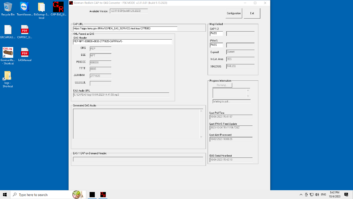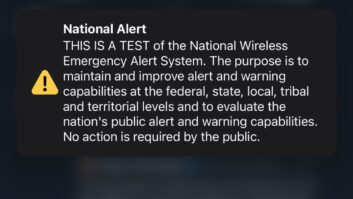Several people active in EAS have gotten together and petitioned the FCC to get some of the undecided questions surrounding the Common Alerting Protocol enhanced EAS on the record.
The group is called Independent Emergency Alert System Stakeholders, or IEASS. Its members include Adrienne Abbott, chair of the Nevada State Emergency Communications Committee; Clay Freinwald, chair of the Washington State SECC; and Richard Rudman, vice-chair of the California SECC.
In the petition, they write that “though well intended,” CAP-EAS as proposed by FEMA has not yet been fully fleshed out, certified, tested and validated on a large scale by the agency that has the overall responsibility for it, the Federal Communications Commission.
IEASS asked the agency to take several issues into consideration before “thousands” of broadcasters, cable and satellite providers and other content distributors and information providers are required to receive CAP v1.2 standard formatted EAS messages.
Among these still-unresolved issues are the need for greater involvement of special needs individuals and the Department of Justice for AMBER messaging; logging and discrepancy reporting certification; and emergency management buy-in, according to IEASS.
Other issues surrounding implementation also include governor mandatory EAS messaging, compression standards for CAP-EAS attachments, reinforcement of IP distribution for CAP-EAS messages, CAP-EAS compatibility with National Weather Service warnings, as well as state and local EAS plan rewrite challenges, they add.
They also pushed for an extension to the CAP deadline, echoing the urging of several other industry groups; the FCC subsequently granted an extension this week.
Related:
“EAS-CAP: Industry Leaders Speak”












